This term, I’ve had the opportunity to teach a HS art class called Ephemera. The objective of the class is for students to understand what ephemera is and how it can be used for creative purposes. I introduced a two-week “eco zine” project for the students to complete before spring break, which was four 2-hour classes. The project was a huge success, not just for the students but for my own experience in teaching. It gave me the opportunity to develop a lesson plan, follow-up with each students progress, and have a reflection with them about the project.
note: Ephemera is “any transitory written or printed matter not meant to be retained or preserved” (1). Examples of ephemera are things like trading cards, postage stuff, receipts or tickets, posters, magazines, etc. This class took the concept of ephemera one step further by questioning what ephemera is now that many of these “printed matter” are digital. For example, is a water bottle ephemera? I encouraged the students to go to Kembali, Green Schools thrift and recycling center, to pick out their materials for this project.
CLASS GOAL
For students to create a zine out of eco-friendly, digital, or recycled materials. The content of the zine can be revolving around a social, political, environmental, or personal topic that they feel is relevant for the time. Students will think about how to create a narrative in the context of ephemera.
Students will have the opportunity to share their zine at Green School’s end-of-year showcase called Sustainable Solutions.
WHAT’S A ZINE?
A self-published booklet created by a single person or group.
Historically, zines were created for an ephemeral purpose– to be distributed and then thrown away, or forgotten. They started to become popular in the punk culture to promote the underground music scene. Then, they started to become more about topics or issues that mass culture never really talked about.
Ask: what are some issues you can think of that are relevant to today? (Global warming, feminism, the US presidential campaign, palm oil use in Indonesia,
THINGS TO CONSIDER
How will you use ephemera to create a narrative?
Who is your audience? Who do you want to read your zine?
What are the materials you will use?
How long will it take for you to complete your zine? Will you be able to finish in 4 classes?
Will you distribute your zine? And if so, can you do it in an eco-friendly way?
Will your zine be published anonymously?
BRAINSTORM
a comic zine, a showcase of your work, such as poetry or photography, a “how-to”/ educational zine, a collaborative zine surrounding one topic (such as GS Green generation or BioBus), A zine about ephemera/ this class/ this moment
EXAMPLE
I am creating a zine out of paper bags from Kembali. I chose the topic of Eco Art, because I wanted to distribute information about what and why we are doing this (relevant for this time). I combined collage and eco-friendly watercolors that I made for the piece (trying to be mindful of using only eco materials). In the future, I would like to distribute my zine to other art classes so they can consider using eco-friendly materials (audience).
(note: I did a few pages of my zine to show the example to the students, and then left several pages to complete with them during the working hours)
Here is my completed zine:
STUDENT WORK
After I introduced the project, the students got busy– fast! I was amazed to see their level of engagement with making something that conveyed a message that they felt passionate about. The topics that they chose ranged from fashion to feminism to “being different” (I asked them to share their topic in one word or phrase).
What I like about HS art studio is it really is all about their own choices and decisions about what to make. I introduced the project, but told them that they could work on another project if the “call to zine” didn’t happen for them. And of course, if the topic was too personal they didn’t have to share it at Sustainable Solutions. Only one student chose to work on a different project, the remaining 15 students made incredible work.
Here are two examples of a student zines:
student B:
REFLECTION
After we shared our projects with each other (finished or unfinished), I asked the students to turn in a reflection about the Ephemera Zine Project. The questions were:
1) What is “ephemera”?
2) Why is it important to consider ephemera in art projects?
3) What is a zine? What did you learn from making a zine?
4) If you could give yourself some advice on what you could have improved on during this project, what would it be?
Overall, I got great feedback on the project. Many students felt that they wished they would have planned their project beforehand, because the concept behind it changed after awhile. I encouraged them that this was part of the artistic process and if they wanted to continue the project after spring break, to go for it!
If I could give myself some advice on lesson planning, it would be to have the students write down their concept and how they will achieve it in the amount of time that they have. This may allow them to have more of a vision of what their project will look like. But, I do have to say that I love how art projects change and evolve over time. This was a great experience and I am looking forward to developing more eco-centric creative projects with GS students!


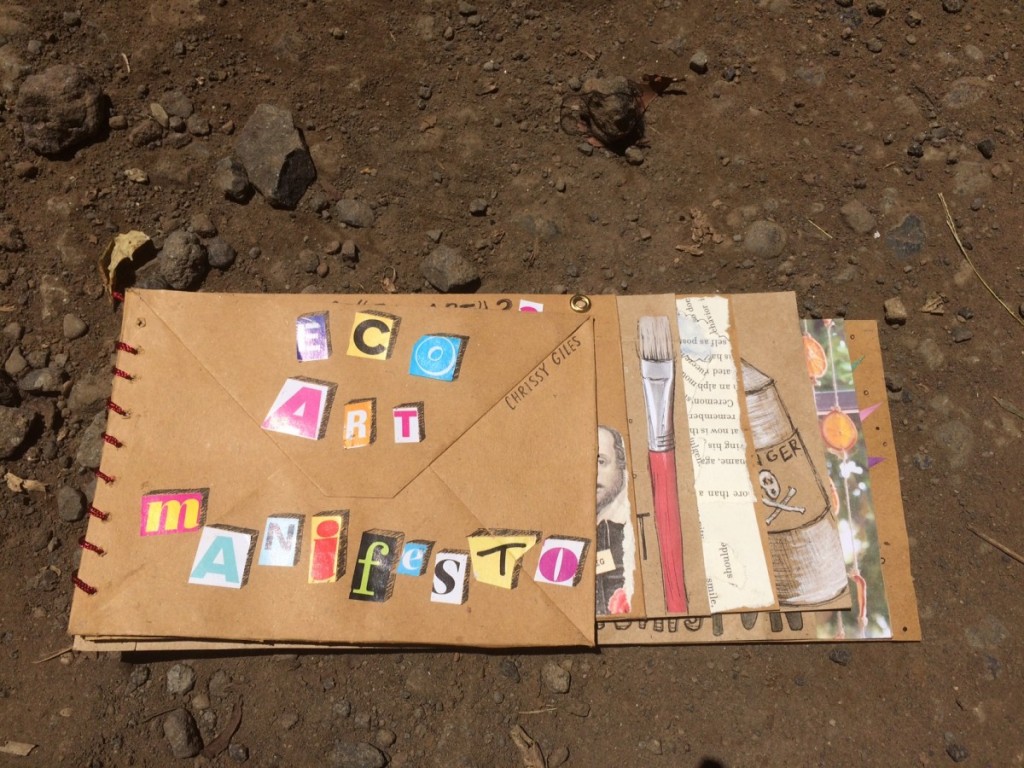
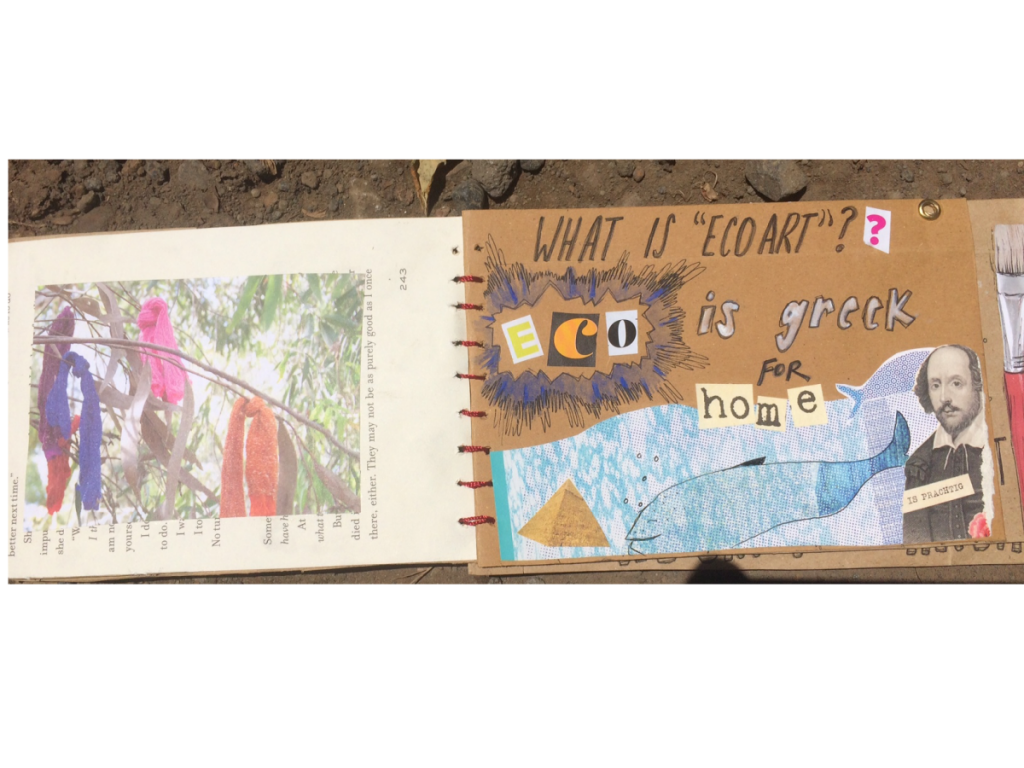

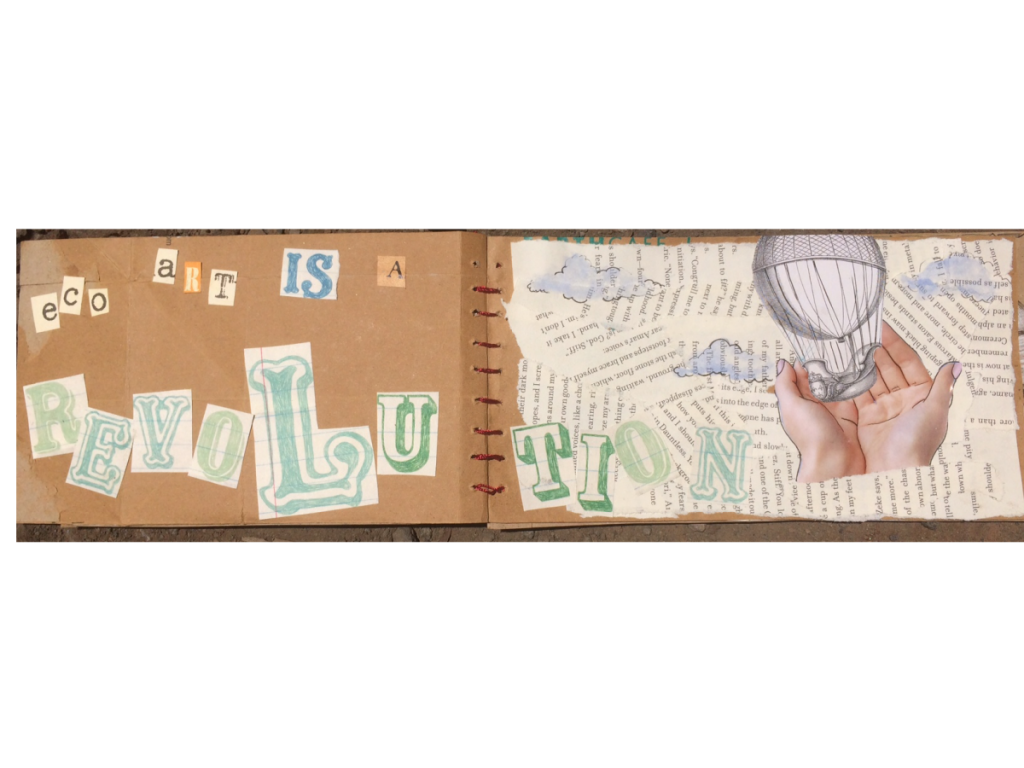
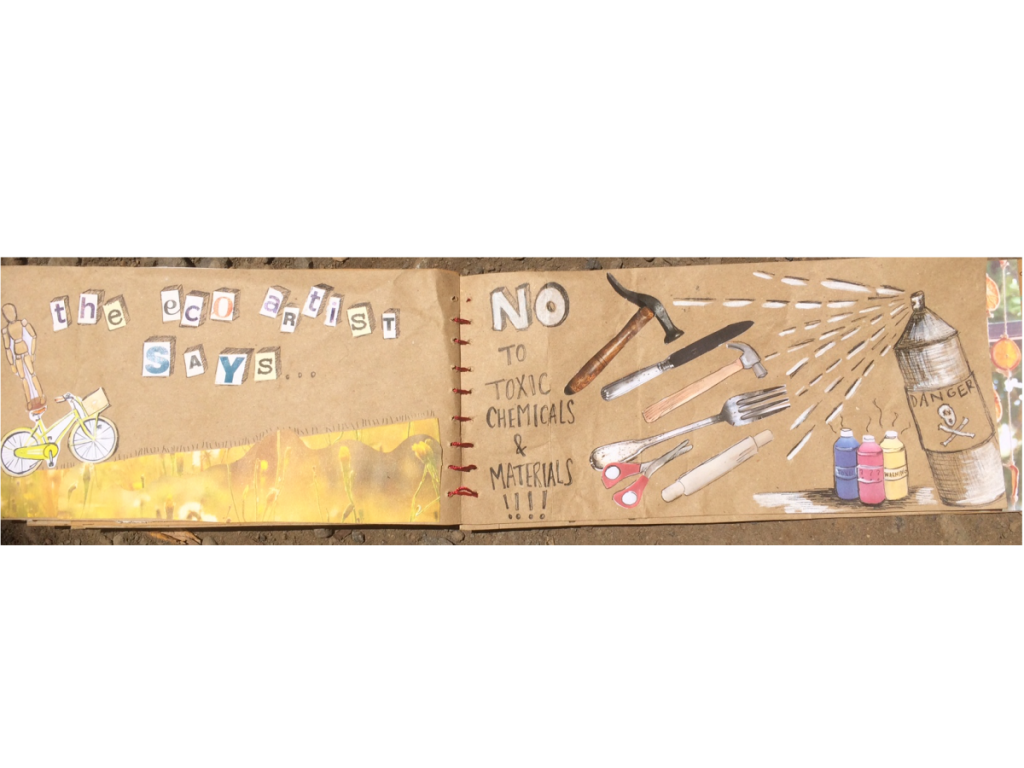
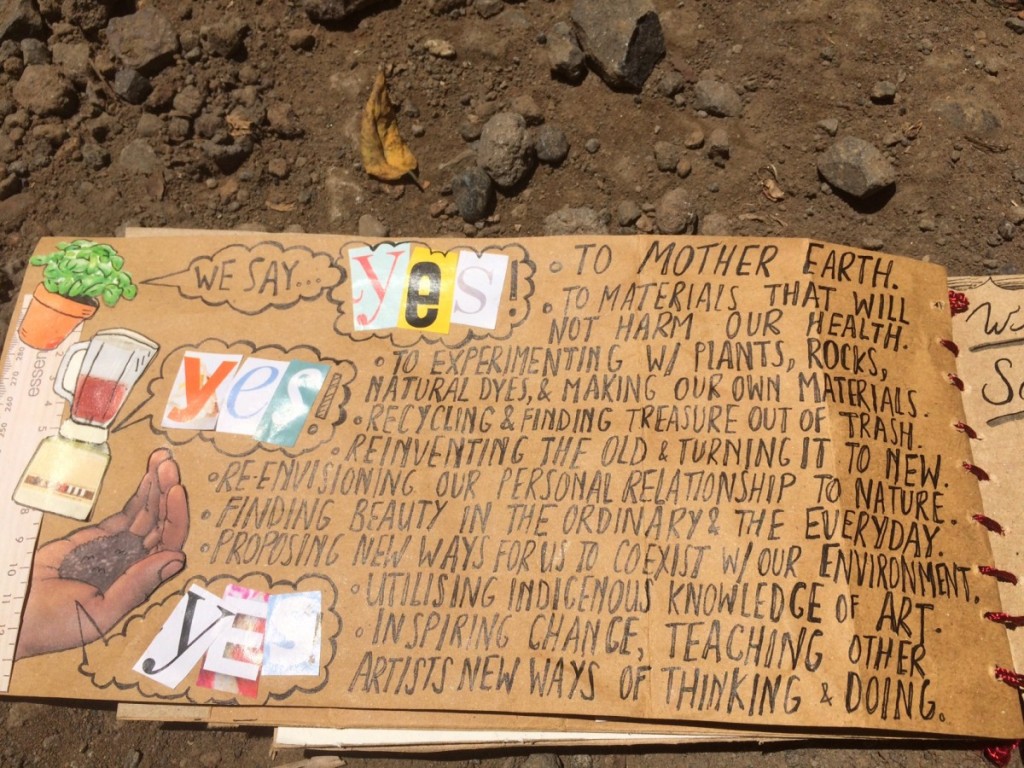
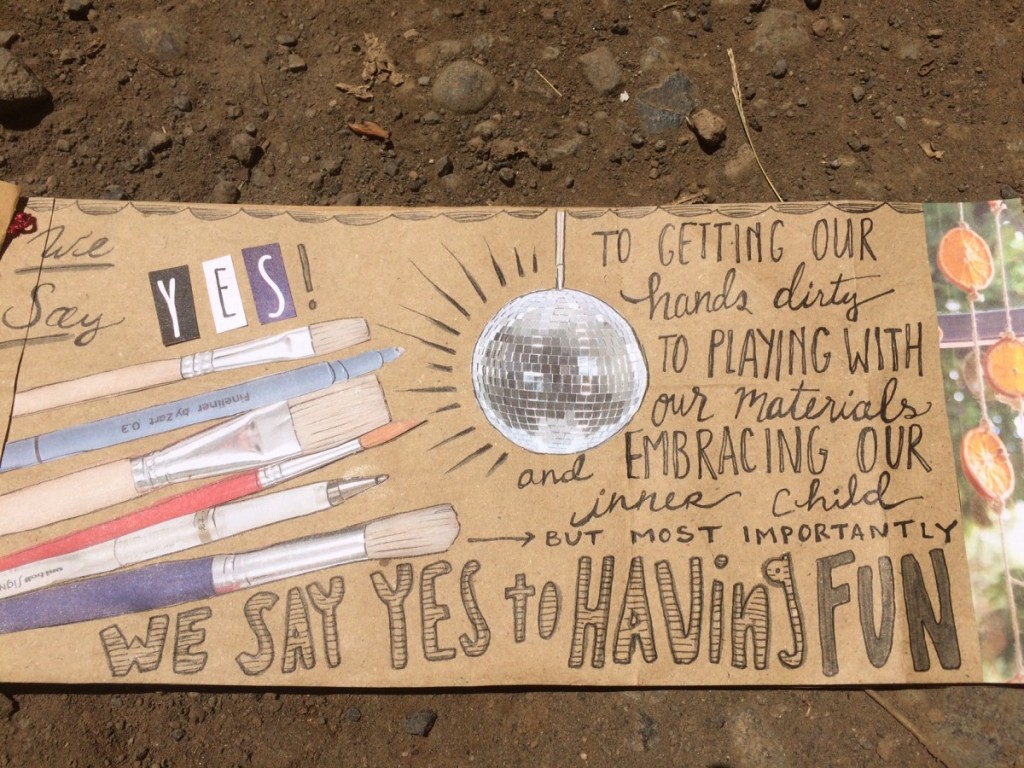
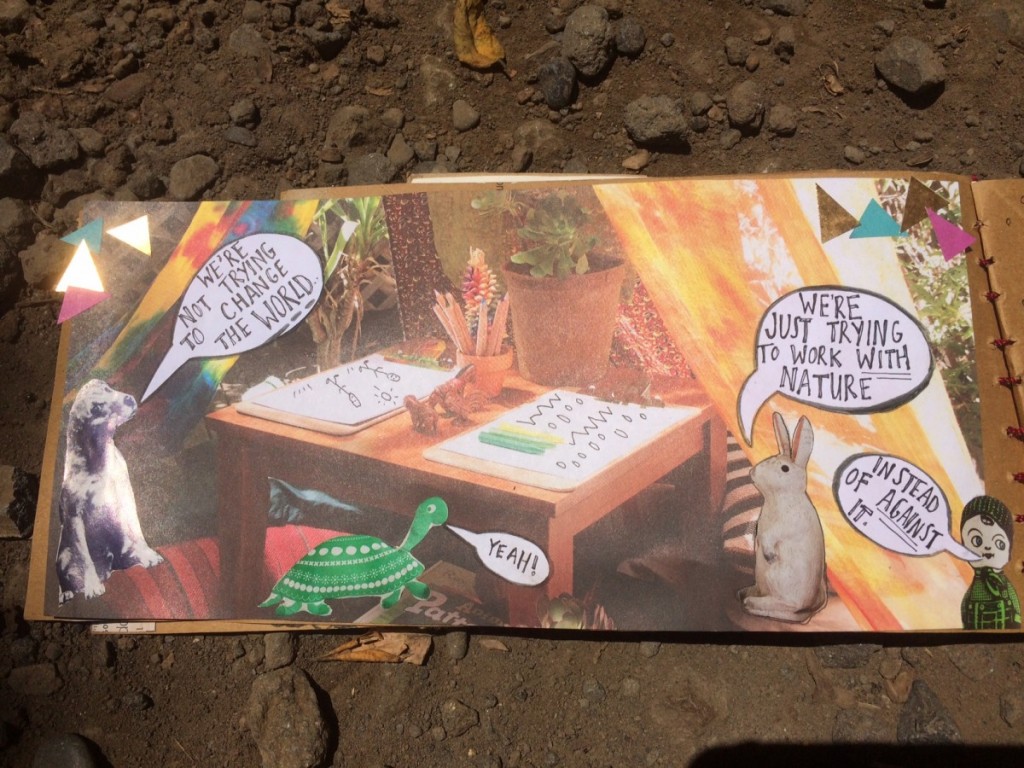

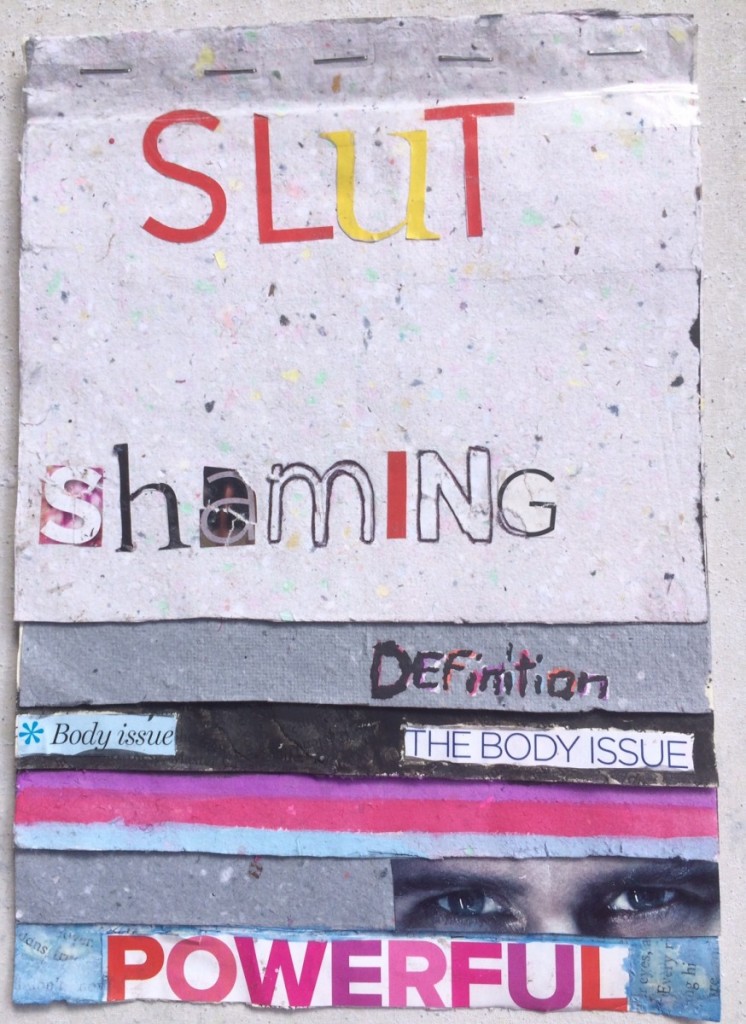
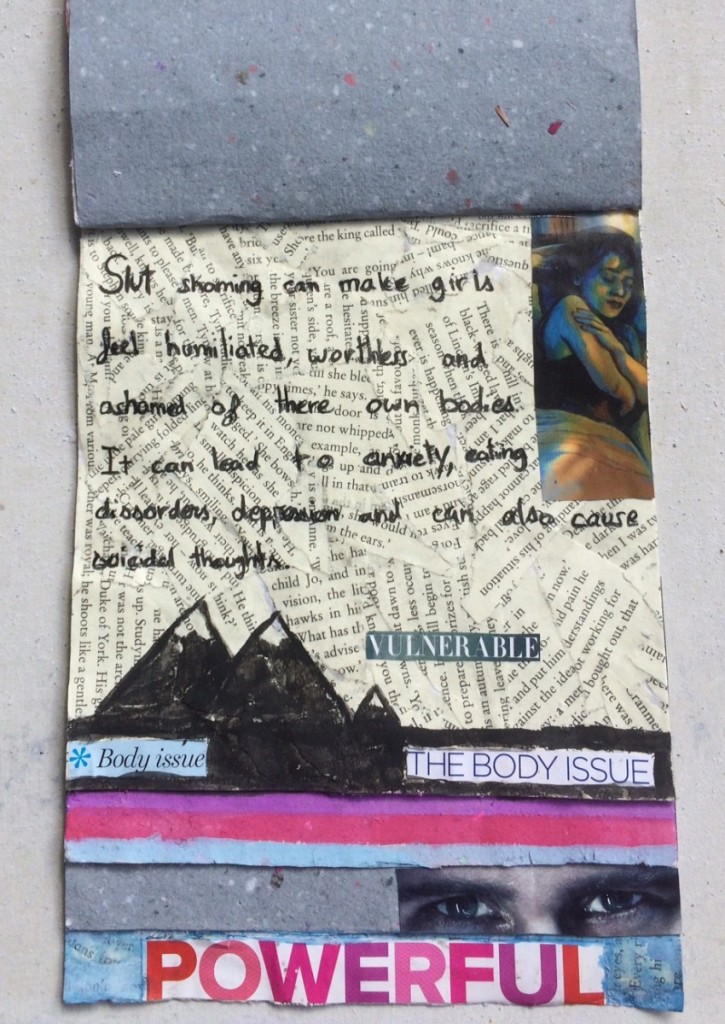


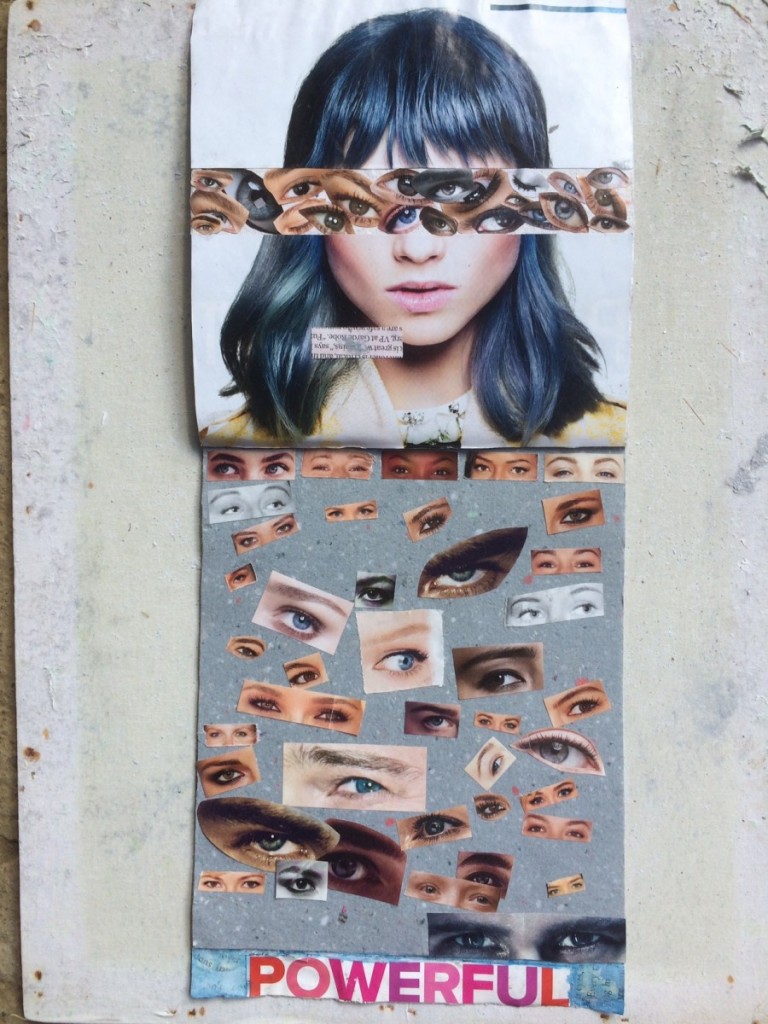
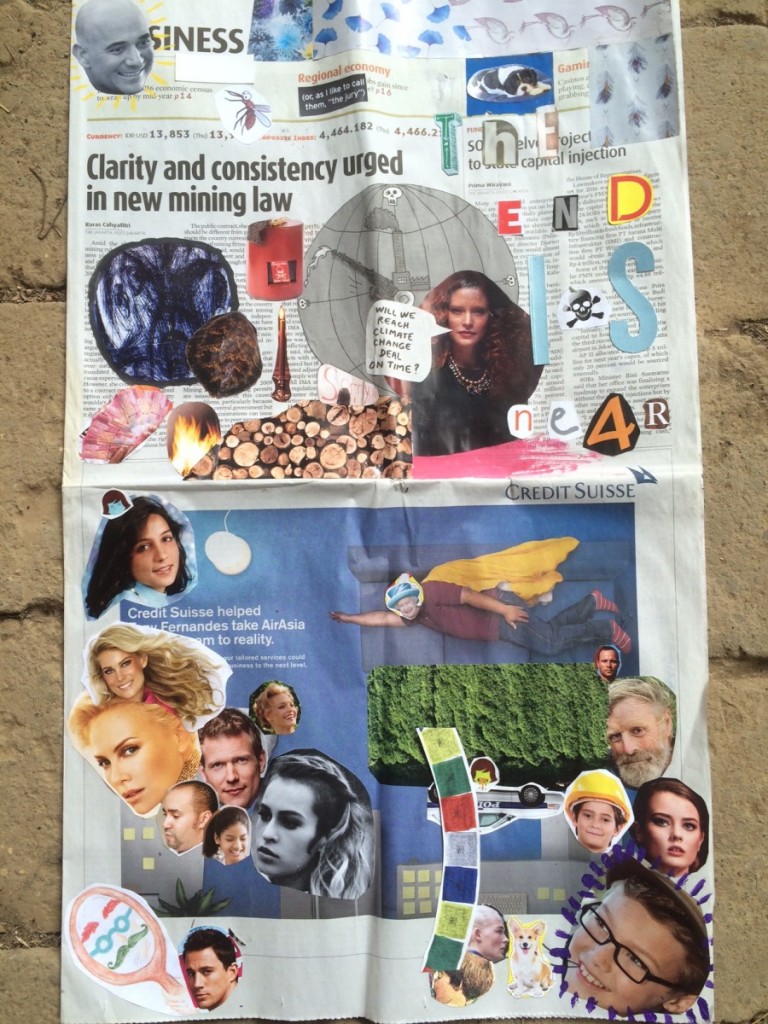
Be First to Comment